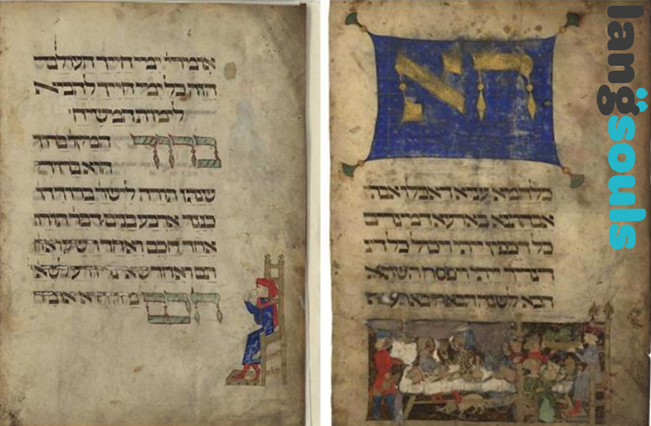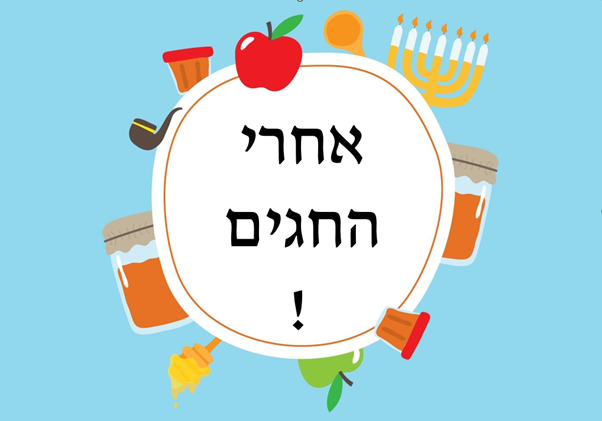Translation is a multifaceted process that goes beyond mere language conversion. In today’s digital age, localization involves addressing formatting issues and handling various file types and platforms. With the advent of multimedia files and a vast array of authoring platforms, ensuring seamless localization requires expertise and specialized support. In this blog, we will explore the challenges of modern translation and the importance of finding the right language service partner.
Going Beyond Translating
Translation is no longer limited to converting words from one language to another. It encompasses cultural adaptation, ensuring the text resonates with the target audience, and conveying the intended message accurately. Localization involves understanding the context, nuances, and cultural references, resulting in a truly localized experience.
Addressing Formatting Challenges
User Interface (UI) localization requires adapting content to fit specific formats and platforms. From software interfaces to websites, mobile applications to e-learning modules, each platform has unique formatting requirements. Translators must consider the layout, character limits, and text expansion or contraction, ensuring the translated content fits seamlessly into the user interface.
Processing Multiple File Types and Platforms
Today, translation involves working with a wide range of file types and authoring platforms. Gone are the days of simple formats like Framemaker and Powerpoint. Modern multimedia files, such as Figma, Storyline, and Adobe Experience Manager, have become the norm. Additionally, an ever-growing list of authoring platforms, like Document360 and MadCap Flare, requires expertise in handling their specific requirements.
Expert Handling of Multimedia Requirements
Multimedia localization entails more than just translating text. It involves dealing with video content, voiceovers, subtitles, and other multimedia elements. Translators must ensure the translated content is synchronized with the visuals, audio, and overall user experience. This requires specialized skills and tools to deliver high-quality localized multimedia content.
Finding the Right Language Service Partner
For organizations without in-house localization capabilities, partnering with a Language Service Provider (LSP) becomes essential. However, not all LSPs can effectively handle the diverse range of formats and platforms mentioned earlier. While large LSPs may offer broad services, they might lack the specialized expertise required for certain formats. It is crucial to find a partner like LangSouls, who can offer tailored solutions and cater to your specific language needs.
Translation and localization have evolved significantly in today’s digital landscape. Beyond linguistic accuracy, handling formatting challenges and processing multiple file types and platforms are essential for a seamless user experience. Multimedia localization further adds complexity, demanding specialized expertise. When tackling these complexities, having a reliable language service partner like LangSouls can make all the difference. Contact LangSouls today to meet your organization’s specialized language needs.





